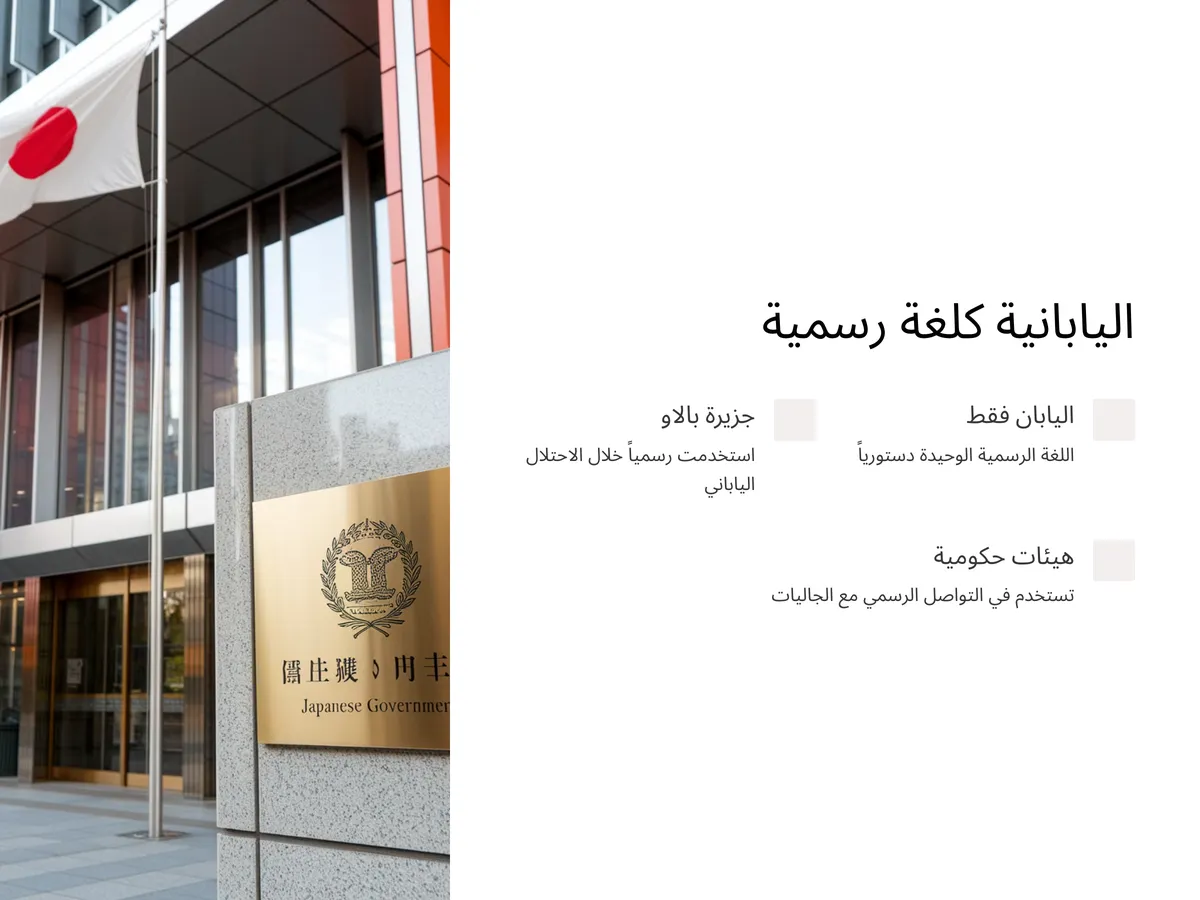 In the complex world of legal practice, crises can strike unexpectedly—from corporate scandals and regulatory investigations to high-stakes litigation and reputational threats. For legal professionals, mastering the art of crisis management is not just a skill—it’s a necessity. With the rise of global compliance requirements, increased public scrutiny, and emerging technologies like AI affecting legal landscapes, attorneys and legal teams must be equipped with precise, strategic responses to mitigate damage and protect their clients and organizations.
In the complex world of legal practice, crises can strike unexpectedly—from corporate scandals and regulatory investigations to high-stakes litigation and reputational threats. For legal professionals, mastering the art of crisis management is not just a skill—it’s a necessity. With the rise of global compliance requirements, increased public scrutiny, and emerging technologies like AI affecting legal landscapes, attorneys and legal teams must be equipped with precise, strategic responses to mitigate damage and protect their clients and organizations.
This guide explores the practical, field-tested strategies that legal practitioners must implement when facing professional and organizational legal crises. From communication protocols and documentation techniques to regulatory interaction and ethical safeguards, you’ll learn how to maintain control, demonstrate competence, and emerge stronger from any legal storm.

Recognizing the Early Signs of a Legal Crisis
A legal crisis rarely erupts out of nowhere. More often, it brews quietly in the form of unresolved disputes, non-compliance warnings, internal whistleblower alerts, or sudden regulatory interest. Identifying these early signs can be the key to reducing long-term damage. Legal professionals must develop an instinct for spotting irregularities within contracts, employee behavior, or communications that could signal deeper issues.
Establishing monitoring protocols and maintaining regular audits can help detect vulnerabilities before they escalate. Legal departments should also collaborate with compliance, HR, and IT teams to ensure all departments understand what “red flags” to look for and how to report them. Staying proactive rather than reactive gives legal teams a crucial head start in building a defense or initiating corrective measures.

Establishing a Legal Crisis Response Team
When a crisis unfolds, response time is critical. Legal departments must have a predefined crisis response team composed of key internal and external stakeholders. This team often includes general counsel, outside legal advisors, PR experts, and executive leadership.
The team should follow a detailed action plan with designated roles, communication strategies, and decision-making authority. For example, who will liaise with regulators? Who handles media inquiries? Who manages internal investigations? These protocols must be rehearsed through regular crisis simulations to ensure agility and effectiveness in real-world scenarios. Having legal counsel involved in communication from the start ensures statements are protected under privilege and legally sound.

Communicating Effectively and Legally During Crisis
Clear and compliant communication is one of the most challenging aspects of legal crisis management. Public statements must strike a balance between transparency and legal risk. Internal messaging, meanwhile, needs to be aligned and secure to prevent leaks or inconsistent narratives.
Legal teams should coordinate with PR and HR to ensure that messaging is accurate, confidential, and non-admissible where applicable. Training sessions and pre-drafted templates can support timely communication. Additionally, documentation of all communication is critical for post-crisis audits and defense strategies. Crisis communication must always operate under attorney-client privilege and should be vetted by counsel before dissemination.

Protecting Evidence and Conducting Legal Investigations
In any legal crisis, preserving evidence is both a legal obligation and a strategic move. Legal professionals should immediately issue a litigation hold to prevent deletion or alteration of relevant data. A well-documented, legally-compliant internal investigation should follow.
Investigations must follow strict protocols to maintain admissibility and avoid claims of bias or misconduct. Legal advisors should lead interviews, handle digital forensics, and secure physical documents. During this process, confidentiality is key. Any leaks can jeopardize investigations and damage credibility in court.
Make sure the entire investigative process is logged, from who was interviewed to how digital data was retrieved and stored. This comprehensive approach reinforces the legal defensibility of your findings and decision-making.

Managing Stakeholder and Media Relations Legally
A crisis brings a storm of inquiries from employees, regulators, shareholders, and the media. Each audience requires different messaging—some protected by confidentiality, others by public relations law. Missteps in stakeholder communication can worsen legal liability or spark additional lawsuits.
Legal professionals must guide or approve every stakeholder communication to ensure accuracy and compliance. Simultaneously, media responses should avoid prejudicing future litigation or breaching confidentiality. Offering timely, truthful, and measured responses builds trust while minimizing risk.
Avoid speculation or blame in public channels. Instead, focus on your commitment to due process, compliance, and internal review. Transparency balanced with discretion is the hallmark of successful legal communications during crises.

Post-Crisis Legal Audits and Policy Reinforcement
Once a legal crisis has passed, the real work begins. Legal departments should conduct a comprehensive post-mortem, including a review of timelines, actions taken, and outcomes. This audit helps identify gaps in policy, delays in response, and communication breakdowns.
The insicrisis managementghts gained should then inform updated policies, training programs, and legal risk assessments. Additionally, companies should reassess insurance coverage, legal retainer relationships, and internal governance structures.
A documented and proactive follow-up strategy shows regulators, clients, and courts that your organization takes legal risk seriously and is committed to continual improvement.
*Capturing unauthorized images is prohibited*







